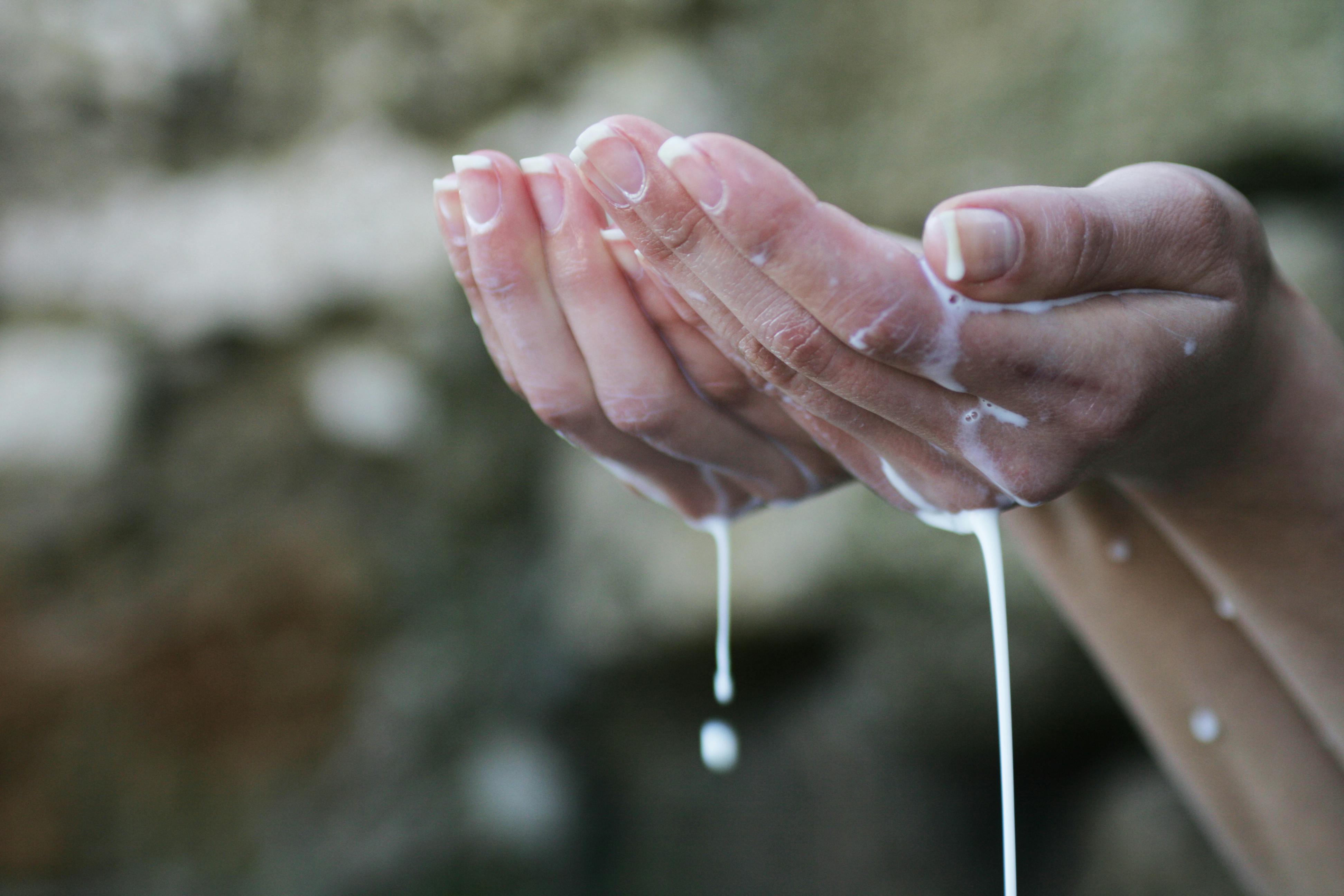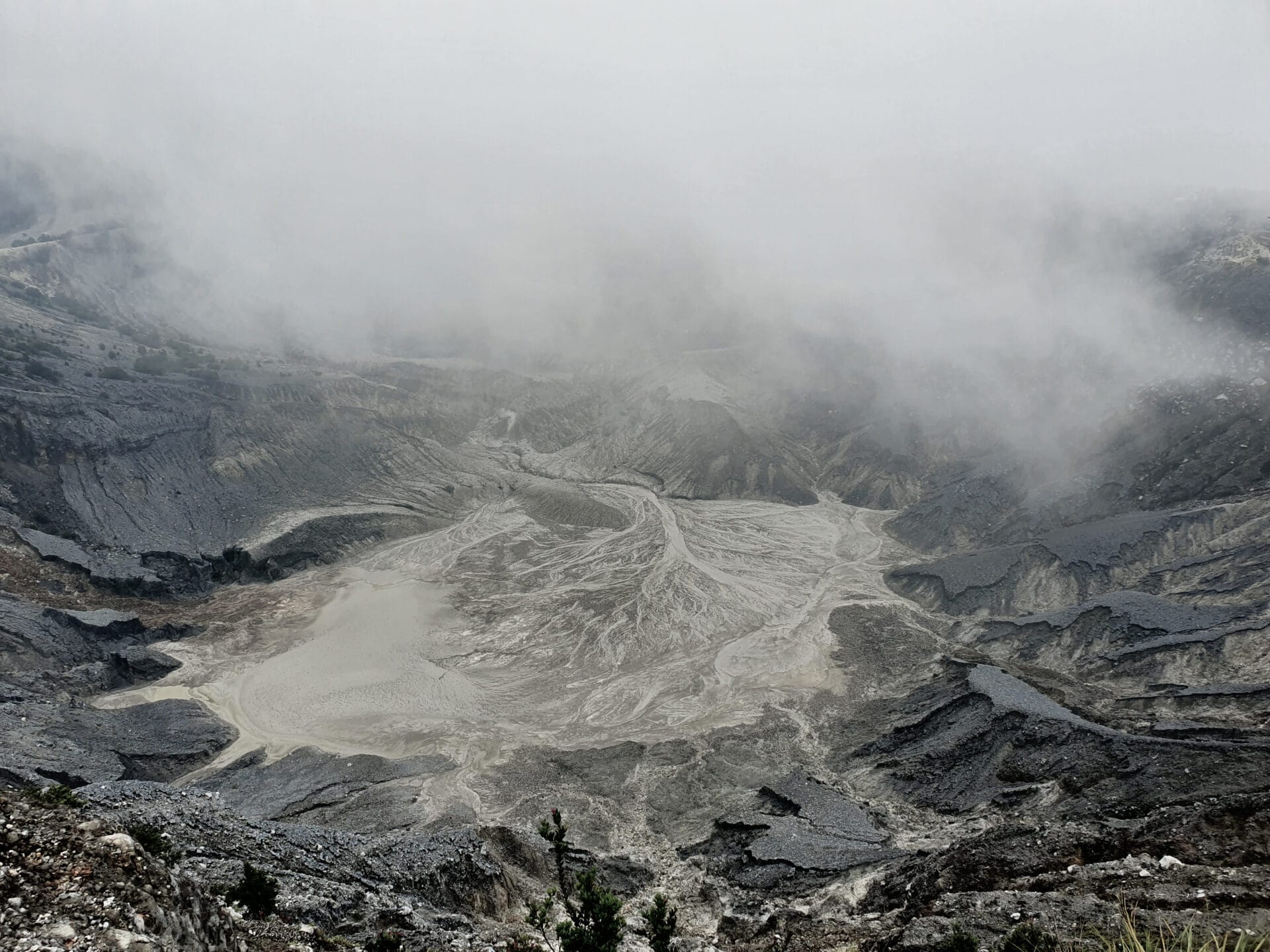If you’re noticing water dripping from your AC vent, don’t panic – it’s a relatively easy fix that you can do yourself. You may have a clogged condensate drain line or a problem with your evaporator coils. In this guide, we’ll take you through the steps of how to identify and repair the problem so that your air conditioner is running efficiently and you’re not dealing with any more water dripping from the AC vent.To identify the source of water dripping from an AC vent, you will need to inspect the system. Start by turning off the power to the air conditioner and removing any insulation that is covering the unit. Inspect all components of the AC, including the evaporator coils, condensate pump, drain line, and drip pan for any signs of water damage or leaking. If no signs are present, you can use a flashlight to check inside the air ducts for any water pooling or dripping from a leak in one of the lines. You can also check for mold growth around any of these areas as this can also be a sign of water leakage. Once you have identified where the water is coming from, you can then take steps to repair or replace any damaged components and stop any further leakage.
Common Causes of Water Leakage From an AC Vent
Water leakage from an AC vent can be an indication of many different issues. The most common causes of water leakage from an AC vent include a blocked condensate drain line, improperly insulated ductwork, and a malfunctioning condensate pump. It is important to identify the source of the water in order to take corrective action and prevent further damage.
A blocked condensate drain line is one of the most common causes of water leakage from an AC vent. If the drain line becomes clogged, it can cause water to back up into the vents, resulting in leaks. This can be caused by dirt, debris, or other blockages that build up over time. To clear a blocked drain line, it is important to flush out any debris using a wet/dry vacuum or a plumbing snake.
Improperly insulated ductwork can also cause water leakage from an AC vent. If the ductwork is not properly insulated, it can cause condensation to form inside the ducts which will eventually result in water leaking out of the vents. To prevent this issue, it is important to ensure that all ducts are properly insulated and sealed off from outside air and moisture sources.
Lastly, a malfunctioning condensate pump can also cause water leakage from an AC vent. A condensate pump is responsible for moving excess moisture away from the air conditioning unit and into a drain or other appropriate location. If this pump stops working correctly, then moisture will start to accumulate inside the system which can lead to water leaking out of the vents. To fix this issue, it is important to have the pump checked by a professional HVAC technician and repaired if necessary.
How to Fix a Clogged AC Condensate Drain Line
A clogged air conditioning condensate drain line is a common problem for many homeowners. If your AC unit is not functioning properly due to a clogged condensate drain line, there are a few steps you can take to fix it yourself. Before attempting any repairs, make sure you shut off the power to your air conditioning unit so you don’t risk electric shock. Once you have done this, here are some tips for dealing with a clogged AC condensate drain line:
1. Check the Condensate Pump: The first thing you should do is check the condensate pump. If it’s clogged or has stopped working, it may be causing the issue. You can try cleaning or replacing the pump as necessary.
2. Check the Drain Line: If the condensate pump is in good condition, then you should check the drain line itself for any blockages or obstructions. You may need to use a wet/dry vacuum to remove any debris that may be causing the clog.
3. Clear Out Debris: If there are any visible obstructions in the drain line, remove them as best as you can using pliers or tweezers. Be sure to wear rubber gloves when attempting this task.
4. Clean the Drain Line: Once all debris has been removed from the drain line, use a mixture of bleach and water (following manufacturer’s instructions) to clean out any remaining residue that could be causing a blockage.
5. Test It Out: Once all of these steps have been completed, turn on your air conditioning unit and test if it is working properly. If it’s still not functioning correctly, then it’s likely that there is something else going on with your unit and you should call an HVAC technician for help.
By following these steps, you should be able to fix any clogs in your AC condensate drain line and get your air conditioning unit running smoothly again!
How to Clean a Blocked AC Condensate Drain Line
A blocked air conditioner condensate drain line can cause a variety of problems, from mildew and mold growth to water damage. Fortunately, it is relatively easy to clean and maintain the drain line. All you need is a few simple tools and a little bit of time. Here’s how to do it:
First, turn off the power to the air conditioner. This is important for safety reasons, as you don’t want to risk electric shock while working on the unit. Then, remove the access panel from the air conditioner unit. This will give you access to the drain line.
Once the access panel is removed, locate the drain line. It should be located near the bottom of the unit. Carefully inspect it for signs of clogging or blockage. If there are any blockages present, use a damp cloth or vacuum cleaner attachment to remove them.
If this doesn’t work, you may need to use an ac condensate line cleaning solution. These solutions are designed specifically for this purpose and can help dissolve any buildup in the line. Follow all instructions when using these solutions.
Once you have cleared any blockage in the line, reassemble your air conditioner and turn it back on. Make sure you check on a regular basis that there are no new blockages forming in your AC condensate drain line. Regular maintenance will help keep your system running smoothly for years to come!
How to Fix a Blocked AC Condensate Pump
The condensate pump in your air conditioning system is essential for its proper functioning. The condensate pump removes excess water from the air conditioning system, thus preventing it from getting damaged due to the accumulation of moisture. However, sometimes the condensate pump may get blocked and this can lead to serious problems with your air conditioning system. If you find that your condensate pump is blocked, then you need to take immediate action in order to fix it. Here are some tips on how to fix a blocked AC condensate pump:
Firstly, you need to identify the cause of the blockage. This could be due to debris or other foreign objects that have entered the unit or pipe. You can use a flashlight to see if there are any visible signs of blockage. If so, you should use a vacuum cleaner or brush to remove them.
Secondly, if the blockage is caused by a buildup of dirt or other elements inside the pipe, then you should use an appropriate cleaning solution such as vinegar and water or bleach and water to flush out the debris. Make sure that you follow all safety instructions when using these cleaning solutions.
Thirdly, if the blockage is caused by a clogged filter then you should replace it with a new one that has been designed for your particular model of air conditioning unit. You should also check for any leaks in the piping and repair them if necessary.
Finally, if all else fails then you may need to call in an expert who can help you diagnose and repair any problems with your AC condensate pump. They will be able to advise you on what needs to be done and provide any necessary parts or repairs that may be necessary.

What to Do if Your Home’s Air Conditioner is Leaking Water Inside
If you notice your home’s air conditioner is leaking water inside, it could be a sign that something is wrong. This issue should be addressed as soon as possible in order to avoid any further damage to the unit or your home. First, turn off the air conditioner and unplug it from the power source. Then, locate the source of the leak and investigate what may have caused it. Some common causes of a leaking air conditioner include clogged drainage lines, a faulty condensate pump, or blocked condenser coils.
If you find that the cause of the leak is clogged drainage lines, you can try to clear them out with a wet/dry vacuum. Make sure not to use any harsh chemicals or abrasive tools as this can damage the unit further. If cleaning out the lines does not resolve the issue, then you will need to call a professional HVAC technician to assess and repair the problem.
In some cases, a faulty condensate pump may be causing your air conditioner to leak water inside. The condensate pump is responsible for moving water away from your unit and into a drain line or outside your home. If this pump becomes damaged or malfunctions, it can lead to water backing up into your unit and leaking inside your home. In this case, you will need to call an HVAC technician who can assess and replace the faulty pump so that your air conditioner can start functioning properly again.
Finally, blocked condenser coils are another common cause of air conditioners leaking water inside. Condenser coils are responsible for cooling and removing moisture from the air before it enters your house through ducts. If these coils become blocked with dirt and debris they cannot do their job efficiently which can lead to water buildup within your unit which then leaks inside your home. To fix this problem, you will need to clean out any blockages in order for proper airflow and evaporation to occur once again within your unit.
Troubleshooting Tips for an Air Conditioner That is Leaking Water Outside
The sight of water leaking from your air conditioner can be a worrying one. If you notice water pooling around the outdoor unit, it’s important to take action and identify the cause of the problem as soon as possible. Here are some troubleshooting tips to help you get to the root of the issue.
The first thing you should do is check your condensate drain line for any blockages or clogs. If the drain line is blocked, this can cause water to back up and spill outside of your air conditioner. Carefully remove any debris from the drain line and make sure it’s clear.
You should also check for any leaks in your outdoor unit. If you spot any visible damage or signs of wear and tear, it’s likely that your air conditioner is leaking due to improper installation or a manufacturing defect. In this case, you will need to call a professional HVAC technician to repair or replace your air conditioner.
Finally, make sure that all of the components in your outdoor unit are well-maintained and secure. Make sure that all screws and bolts are tightened correctly and that all electrical connections are secure. This will help prevent water from leaking out of your system due to loose components or faulty wiring.
By following these troubleshooting tips, you should be able to identify what is causing water to leak outside of your air conditioner. Once you have identified the source of the issue, take action as soon as possible to fix it so that you can keep cool in the summer months!
How to Find and Repair Holes or Cracks in Your Home’s Ductwork
Finding and repairing holes or cracks in your home’s ductwork can be a tedious but necessary task. If left unrepaired, cracks and holes in your ductwork can cause air leaks, resulting in an inefficient HVAC system and high energy bills. Moreover, they can also lead to dust, pollen, and other airborne particles entering your home. Therefore, it is important to identify any issues with your ductwork and take corrective action.
The first step is to inspect the visible portions of the ducts for any signs of damage such as holes or cracks. You can also look for any loose connections or disconnected sections that can be a sign of a problem. If you find anything suspicious, you should have a professional HVAC technician come out to inspect the entire system and diagnose the issue.
Once the issue has been identified, the technician will recommend what needs to be done to repair the problem. Depending on the extent of the damage, they may suggest patching up the hole or replacing an entire section of ductwork if necessary. In some cases, they may also advise you on preventive measures to keep your system working optimally such as cleaning up dust buildup around vents or replacing insulation around pipes.
Repairing your home’s ductwork is important for maintaining a healthy living environment as well as saving on energy costs due to inefficient systems. Make sure you regularly inspect your system for any signs of damage and take corrective action if needed.

Conclusion
In conclusion, it is important to properly diagnose and address water dripping from an AC vent. The cause of the issue could range from a clogged condensate drain line, to a faulty condensate pump, to a damaged ductwork. It is best to contact a qualified HVAC technician who can accurately diagnose and repair the problem. Taking the time to properly locate and fix the issue will help ensure that your AC system continues to function properly and efficiently for years to come.
In addition, be sure to do regular maintenance on your AC system including changing out filters, cleaning out debris from the outside unit, and inspecting all components of the system. Doing so can help prevent future issues such as water dripping from an AC vent. Taking care of your AC system will help you save money in energy costs, as well as in repair costs down the road.

